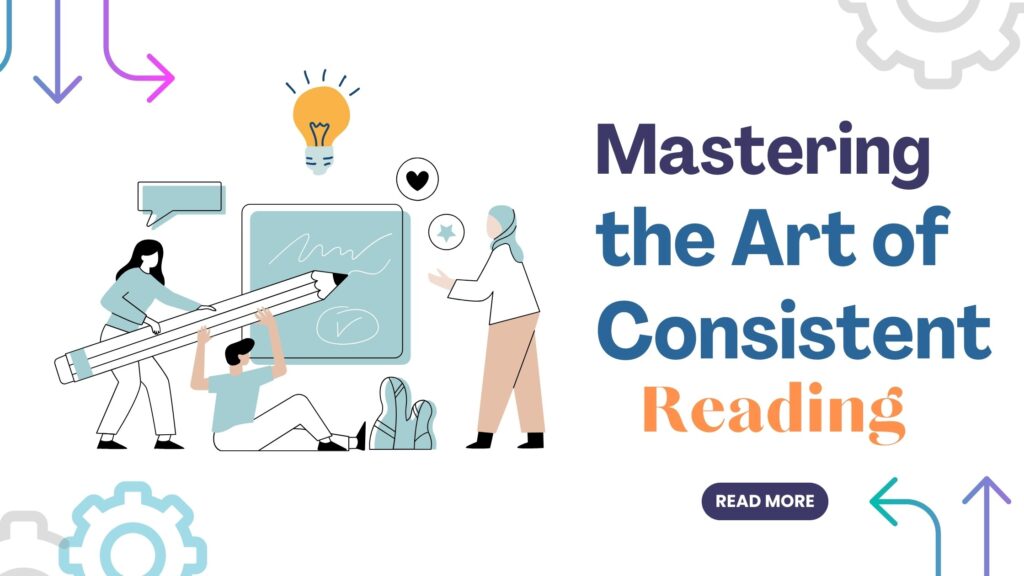Customer success managers (CSMs) and project managers (PMs) have become increasingly vital roles in companies across many industries today. While both positions aim to help the business succeed, there are some notable differences between CSMs and PMs when it comes to their core objectives, main responsibilities, required skills, and key measures of success. It’s important to understand these differences to optimize how these roles work together.

This article will provide an overview of what CSMs and PMs do, highlight the key differences between the two roles, and discuss why both are critical to business success. The goal is to bring more clarity so companies can align these roles most effectively to drive outcomes.
Overview of the Customer Success Manager Role
A customer success manager is focused on building strong, lasting relationships with customers. Their primary objective is to ensure clients are satisfied and loyal, and continuously getting value from the product or service.
Typical responsibilities of CSMs include:
- Onboarding new customers
- Providing training and support
- Addressing issues and troubleshooting problems
- Sharing best practices and pro tips
- Conducting quarterly business reviews
- Identifying upsell and renewal opportunities
To succeed as a CSM requires strong interpersonal and communication abilities, a customer-centric mindset, patience and listening skills, and analytical and problem-solving capabilities.
Overview of the Project Manager Role
A project manager is responsible for planning and overseeing the execution of projects to ensure they are completed on time, within budget, and according to defined objectives.
Common responsibilities of PMs include:
- Developing detailed project plans and schedules
- Managing resources and allocating tasks
- Tracking progress and milestones
- Monitoring budgets and controlling costs
- Identifying and mitigating risks
- Reporting on key metrics and documentation
Critical skills for PMs include organization, leadership, communication, analytical thinking, and the ability to multitask and manage multiple priorities.
Key Differences Between CSMs and PMs
While CSMs and PMs both aim to contribute to business success, there are some fundamental differences between these roles:
- CSMs own the full customer relationship lifecycle while PMs execute temporary, defined projects.
- CSMs take a proactive approach while PMs are more reactive to issues that come up.
- CSMs are focused on helping customers achieve their goals and get ROI while PMs are focused on specific project KPIs.
- CSMs need more customer service-oriented skills while PMs require deeper technical project management skills.
- CSM success is directly tied to customer metrics like satisfaction and retention while PMs are measured on sales quotas and targets.
For example, a CSM might proactively reach out to a customer who’s shown signs of declining product usage to discuss ways to improve their experience. A PM would reactively step in if an issue jeopardizing an imminent product release comes up that requires project replanning.
The CSM would then help ensure the customer’s needs are addressed in the replanned project timeline, demonstrating the fluid cross-over between these roles.
The Importance of Both CSMs and PMs
While their focuses differ, CSMs and PMs play complementary and equally critical roles. CSMs build relationships that PMs leverage to execute projects that create value for customers. PMs provide structure while CSMs layer on high-touch service.
Companies need dedicated CSMs to foster loyalty and drive retention. They also rely on skilled PMs to turn strategies into action and completed projects. When CSMs and PMs collaborate closely, they provide a complete picture of both customer needs and internal capabilities to drive better outcomes.
Some overlap between these roles at certain points in the customer lifecycle can be beneficial. But optimizing success requires clearly distinguishing responsibilities based on each role’s core competencies.
Conclusion
While customer success managers and project managers have some similarities, there are critical differences in their focus that should be understood. CSMs own ongoing customer relationships while PMs manage finite projects. Companies should align these roles by leveraging CSMs’ service skills and PMs’ technical project skills rather than viewing them as interchangeable.
When CSMs and PMs are positioned distinctly, with close collaboration, they provide immense complementary value. Companies that optimize these roles based on their unique strengths and objectives will be best positioned for customer satisfaction, project success, and business growth.


